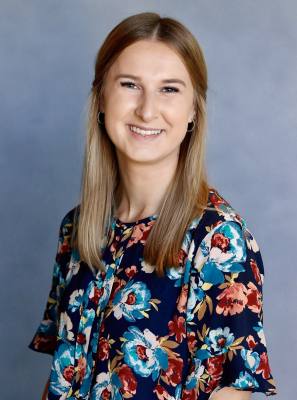The transit agency's board of directors is set to vote on the balance between ridership on more highly frequented routes and coverage across North Texas for DART's entire 13-city bus network. About 55% of DART’s bus service currently focuses on high-ridership routes, while the rest is used to provide coverage, Mark Nelson, director of transportation for the city of Richardson, told the council at an earlier meeting.
One of the five ridership and coverage options presented to board members is a hybrid approach and would fill larger ridership network gaps where expanded GoLink service does not make sense, with a 70%-75% focus on ridership and a 25%-30% focus on coverage.
Cities with a desire for higher-frequency service would be less affected by a focus on ridership, or faster service, said Paul Wageman, chair of the DART board of directors, during an Oct. 6 committee-of-the-whole meeting. And representatives from those cities hold the basic majority on the board. More suburban areas like Plano and Richardson would be more adversely affected by a smaller percentage of coverage, he said.
"I feel very strongly, the board needs to coalesce around a percentage, and we need to demonstrate our strong support for it by having it be a two-thirds vote throughout this process," Wageman said. "Otherwise, what's going to happen is in my view, is it's going to be small portions of Dallas, and significant portions of a number of suburban cities that are going to be the ones losing the coverage to provide for the higher-frequency service, which is primarily in two or three cities."
While the hybrid approach appears to be supported by members of staff and the board, Wageman pointed to the difference that the 5% range within that plan might cause. Areas like Plano would not see major differences within 1% of a larger ridership percentage, staff members shared, but once a range is selected, staff can begin to design a more accurate depiction of what ridership would look like within that range, with flexibility to fall within a few points rather than an exact percentage.
The length of time between decisions being made and the following stages of the project being put together and presented to board and committee members is another reason for a two-thirds vote, Wageman said.
"[We were] advised ... early in this process that we need to do, buckle up and hold on because once you make this decision, whether it's the percentage decision or the ultimate design of the system ... that we're going to hear from very upset, angry, sad, disappointed people," Wageman said. "And we need to be shoulder to shoulder as a board to stand firm if this is what we believe is the right direction."
DART President and Executive Director Gary Thomas recommended a two-thirds vote on the issue, as a major change to a service plan typically requires this type of vote. A major change can include changes to fixed guideways, stations, garages and other capital investments impacting the transit system, according to Thomas.
"The network redesign certainly has impacts beyond what we might consider a normal service change," Thomas said. "I would recommend that the board seriously consider imposing a two-thirds vote on this item."
A number of board members supported the move to a two-thirds vote for DARTzoom decisions while others shared they would like time to think it over. The DART Board of Directors is expected to vote on the ratio of ridership and coverage at its next meeting, Oct. 20.





